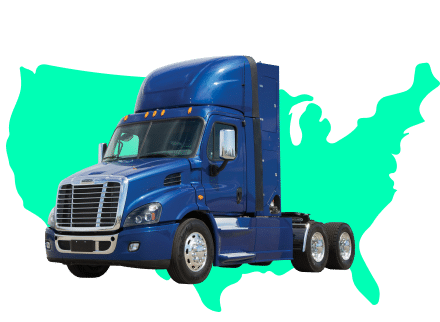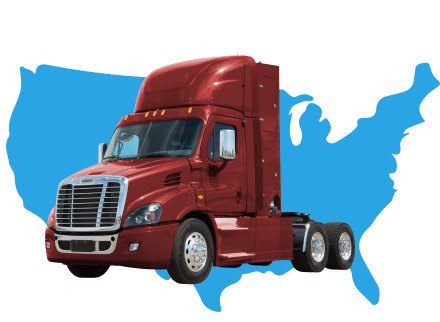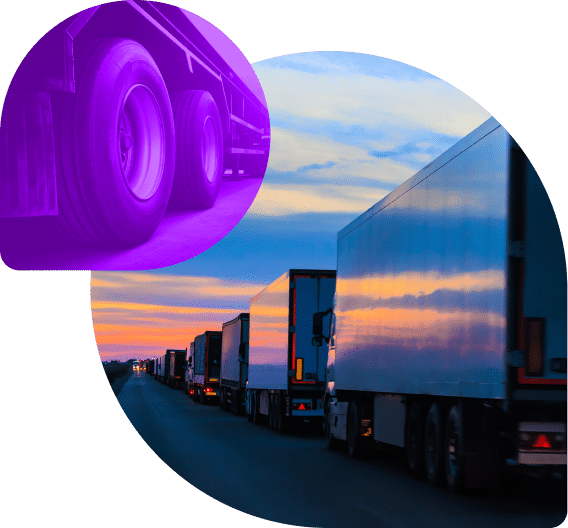
Advocating for alternative fuels.
Federal and state NGV policy deserves parity,
consistency, and clarity
Policy Recommendations
Promote all viable clean vehicle technologies
Since trucking fleet needs are not all the same, differing powertrains are required for differing real-world applications. Renewable natural gas is an immediate clean solution for difficult-to-electrify medium- and heavy-duty applications.
Focus on markets, not mandates
Don’t mandate forced electrification. Instead set aggressive emissions reductions targets and allow individual fleets the flexibility to choose the best clean vehicle technology solution for their needs. Make informed investments based on cost effectiveness and access to affordable, commercially available, ready-right-now technology to get more clean vehicles on the road faster.
Allow access to affordable energy
Limiting energy access and choice and results in higher costs for all users and product consumers, creates system bottlenecks, hampers free market competition, and results in an overreliance on energy and minerals from foreign suppliers, often from conflict regions and rogue nations.
Impact frontline communities sooner
Get more clean replacement vehicles on the road right away with cost effective NGVs fueled by RNG. Today’s NGVs are a 1-to-1 replacement for diesel in terms of performance, torque, range, and capability with immediate clean air and carbon reduction results.
Consider all costs and all emissions
Forced electrification of American transportation includes significant costs in addition to the high costs associated with eventual vehicle purchase and acquisition. These include the build out of added electricity generation, transmission, and fast-charging infrastructure. Focusing only on tailpipe emissions has proved a huge incentive for electrification but hamstrings other more cost effective and scalable technologies with similar or lower life-cycle emissions.
Make the most of limited public resources
Constrain carbon now with deployable and scalable RNG-fueled vehicles; no need to wait for technology to develop or become affordable.
Federal Policy Priorities
No one single solution can economically or practically address the vast needs of the transportation sector. This means that policies and funding should also include and support the use of gaseous fuels such as conventional natural gas, renewable natural gas, and hydrogen.


Other important advocacy efforts
In addition to tax policy, our federal advocacy efforts include ensuring that federal funding programs including grant programs and research and development investments provide equitable and fair treatment for gaseous-fueled vehicles — conventional natural gas, renewable natural gas, and hydrogen. The Infrastructure Investments and Jobs Act (IIJA) provides billions in funding for new and existing federal programs, many targeted at accelerating the uptake of cleaner vehicle technologies. Unfortunately, the majority currently focus on zero-emissions tailpipe emissions thus leaving out other transportation solutions with extremely low or net-zero emissions.
State Policy Priorities
Incentivize Fleet Transition
Many state governments offer incentives for a variety of alternative fuel vehicles. These incentives include grants, tax deductions/credits, fuel tax reductions, reduced license fees, reduced vehicle sales taxes and lower registration fees. Some states, such as California and Arizona, permit certain alternative fuel vehicles to operate in high occupancy vehicle lanes during peak rush-hour periods. These programs may cover all alternative fuel vehicles or may provide incentives for a specific fuel.

To learn more about what your state offers, visit the Alternative Fuel Data Center’s State Laws & Incentives webpage at https://afdc.energy.gov/laws/state.
Our State Government Advocacy Committee maintains a list of proposed and recently enacted state legislative bills. To learn more about the resources provided by this committee or to join it, contact our staff.
Include RNG in State-Specific Advanced Clean Truck, Advanced Clean Fleet, and Omnibus Rules
The Transport Project supports state efforts to decarbonize the medium- and heavy-duty transportation sector as quickly as possible while greatly reducing harmful criteria emissions that contribute to poor air quality and federal ambient air standards nonattainment.
But reliance upon sales and purchase mandates for vehicles that are not yet commercially available, affordable, or proven is a recipe for disaster. Instead, work with affected stakeholders and adopt policies that incentivize fleets to voluntarily adopt a variety of ultra-low-emission technologies that can readily be deployed today. Incentives should be leveraged and structured to maximize deployment and reduce emissions in applications where they are needed most and where they can do the most public good.


Support Clean Fuel Standards
The Transport Project supports the establishment of Clean Fuel Standard (CFS), Low Carbon Fuel Standard (LCFS), or Clean Transportation Standard (CTS) programs in the states.
CTS programs allow all transportation fuels to compete based on their carbon intensity and:
- Incentivize the use of lower-carbon fuel alternatives over traditional gasoline and diesel
- Reduce greenhouse gas emissions while diversifying the transportation fuel supply and improving public health
- Create jobs by supporting the development and production of new clean fuels like RNG
- Reduce overall vehicle life cycle emissions, not just tailpipe emissions focused on by zero emission vehicles (ZEV)
- Support domestic fuel and energy independence
Effective CTS programs are technology and fuel neutral, as well as performance and market based. State budget neutral, these programs issue credits and deficits, thereby paying for itself. And CTS programs greatly lower the overall carbon content of transportation fuels used in the state by establishing an annual carbon intensity (CI) limit that reduces from the original CI limit over time. There is no evidence that the introduction of a CTS program correlates to higher gasoline prices at the pump for consumers.
Policy news
